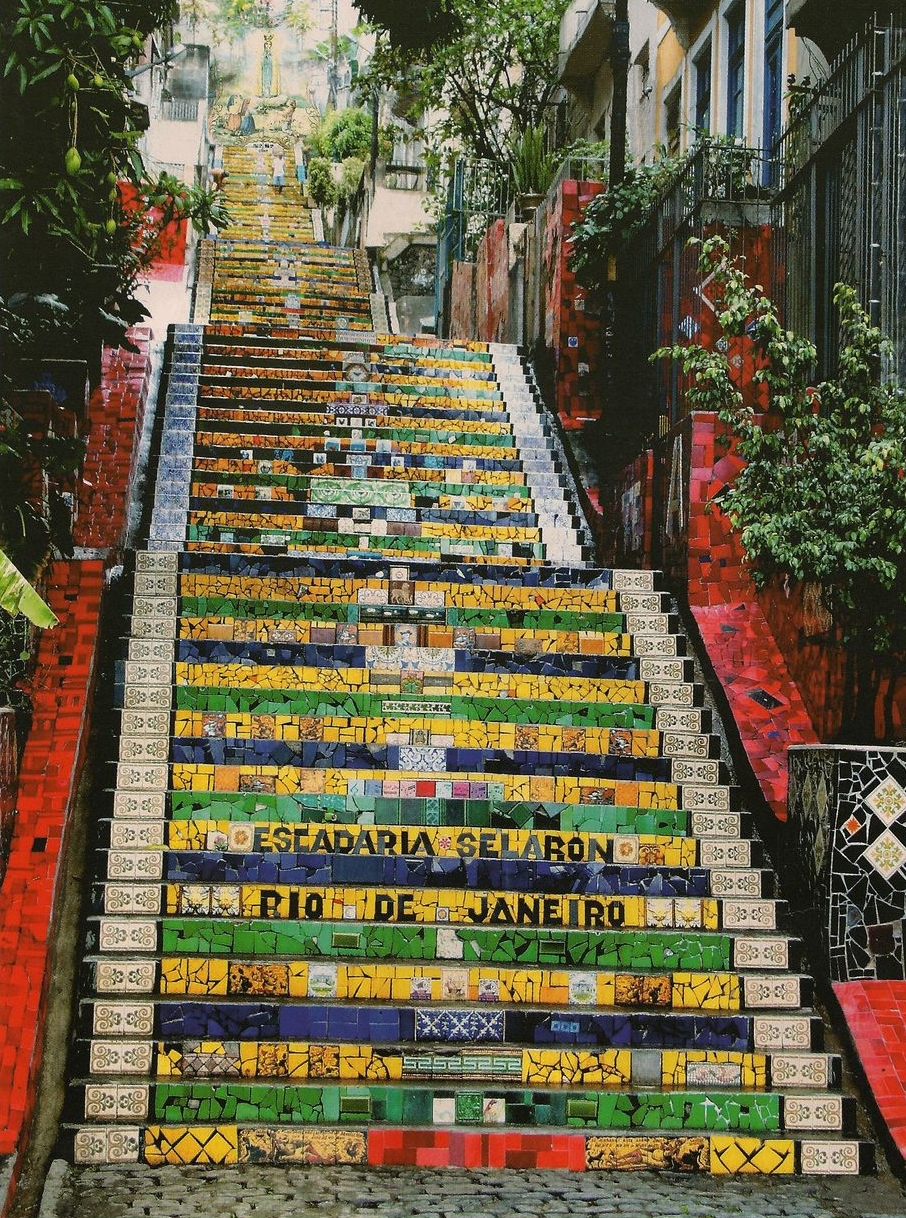Siromašni seljaci preobraženi u bogate kapitaliste u toku samo jedne generacije
Dobro došli u najbogatije selo u Kini!
Autor: E. B. | 25.10.2009. - 00:01
Duž širokih bulevara pod drvoredima se nižu redovi identičnih belih vila sa crvenim krovovima, negovanim travnjacima i garažama za dva automobila. Svaka porodica ima kuću i bar jedan automobil – dobijen od zajednice, a imovina im u proseku vredi 150.000 dolara.
„Ako hoćete da vidite čudo, dođite u Huaksi” – odjekne svakog sata sa zvučnika na glavnom trgu lokalna himna. Selo Huaksi, ako se još uvek tako može zvati, najbogatije je selo u Kini. Imovina prosečne porodice vredna je 150.000 dolara u zemlji gde se godišnji dohodak po stanovniku inače kreće oko 2.000 dolara.
Ova preduzetnička enklava od 30.000 ljudi u osnovi je i dalje komuna u kojoj svi stanovnici rade za dobrobit svih. Vlasništvo nad zemljištem je zajedničko i dobra se dele. Prihodi sela od poslova sa čelikom, gvožđem i tekstilom bili su prošle godine 7,3 milijarde dolara. Sve delatnosti su ujedinjene u prvu komunalnu korporaciju koja je svoje akcije plasirala na kineskoj berzi.
Huaksi simbolizuje 60 godina komunističke vladavine u Kini. Pošto je prvo decenijama zatirala slobodna tržišta da bi ih zatim prigrlila, Kina je danas mešavina kapitalizma s komunističkim naznakama – sve čvrsto povezano jakom dozom praktičnosti. To je suština uspeha Huaksija pod vođstvom oseamdesetdvogodišnjeg seoskog starešine, Vua Renbaoa.
Zajednica je dobila sve pohvale Komunističke partije kao primer preobražaja siromašnih seljaka u bogate kapitaliste u toku samo jedne generacije. Stanovnici sela dobijaju osnovnu platu, ali većina zarade dolazi od podele godišnjih bonusa. Od podeljenog profita dužni su da ulože 80 odsto u akcije kompanije. Svi žitelji imaju besplatno lečenje, obrazovanje i penzije.
Ali nije uvek bilo tako. Pre šezdeset godina Kina se borila da preživi. Zemlja se oporavljala od invazije, kolapsa dinastije i brutalnog građanskog rata. Selo Huaksi bilo je kvadratni kilometar kamenjara sa jedva 1.500 stanovnika u istočnoj provinciji Điangsu. Bilo je isto kao i stotine siromašnih sela širom zemlje. Osnovano 1961, Huaksi je bio poljoprivredna komuna sastavljena od desetak manjih zaseoka. Kuće su bile primitivne, a putevi retki. Selo se našlo i usred katastrofalne gladi koju je izazvala prinudna kolektivizacija obradive zemlje. Decenijama, sećaju se seljaci, ručak s mesom je bio luksuz.
Vu, koji je od osnivanja Huaksija bio sekretar seoske KP, shvatio je da stanovnici nikad neće moći da napreduju kao seljaci. Krišom je od državnih zvaničnika osnovao malu fabriku posuđa 1969.
– Kad bi funkcioneri došli u posetu slali smo radnike nazad na rad u polja. Spolja smo kritikovali kapitalizam, a iznutra se bavili njim – kaže Vu.
Kad se Kina zvanično okrenula ka privatnom preduzetništvu krajem 70-ih, Huaksi je već daleko “odmakao”. Iskoristio je prihode svoje fabrike kao kapital za širenje i osnivanje novih kompanija. Od tih skromnih početaka, preduzimljivi seljaci Huaksija su prevazišli i svoje najsmelije snove.
Izvor: Blic
http://www.blic.rs/reportaza.php?id=117264
Ovaj primer stvarno tera na razmišljanje.

























